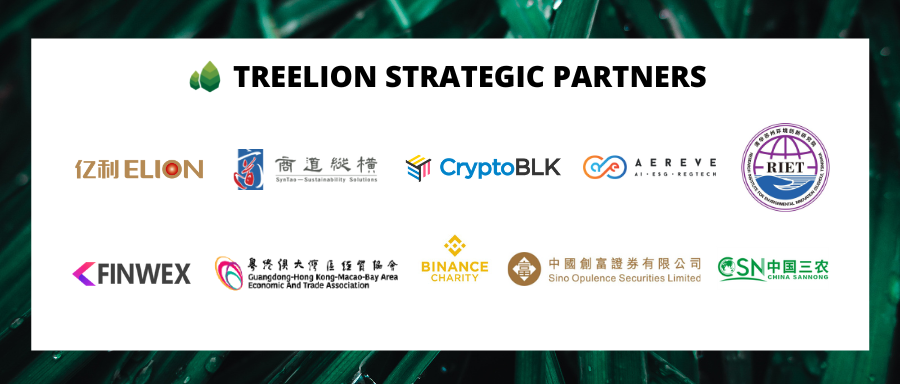
Comprehensively promote dual-carbon work and achieving carbon-peaking goals

Excessive carbon emissions lead to environmental problems such as the greenhouse effect and global warming. As the world’s largest carbon emitter, “China will strengthen its Nationally Determined Contributions (NDC) and adopt more powerful policies and measures to reach the peak of carbon dioxide emissions before 2030,” announced President Xi Jinping at the General Debate of the 77th Session of the United Nations General Assembly. Provinces and cities across the country have also proposed development goals accordingly. Recently, Hunan, Guizhou and Inner Mongolia have successively released carbon peak implementation plans, demanding the integration of carbon peaking goals through the entire process and in various fields of economic and social development, clarifying the main goals, key tasks, policy guarantees for the 14th and 15th Five-Year Plan periods respectively. In addition to the plans released earlier in Beijing, Jilin, Jiangxi and Ningxia, more than ten provinces (cities and districts) have come up with their own carbon peak roadmaps and construction schedules.
Differences in energy transition goals in various regions
According to local conditions, energy transformation goals differ within provinces. The Hunan Provincial Carbon Peak Implementation Plan proposes major goals such as increasing the proportion of non-fossil energy consumption, improving energy utilization efficiency, and reducing carbon dioxide emission levels. Amongst, the regional reduction of carbon emission and energy consumption per unit GDP ensures the fulfilment of national targets. Considering the energy structure and resource status of Hunan, the proportion of non-fossil energy consumption is targetted at 22% by 2025, which is higher than the national average by 2 %, and will reach approximately 25% in 2030, which is consistent with the national level.
The Inner Mongolia Autonomous Region stated that the proportion of non-fossil energy consumption will increase to 18% by 2025 as the proportion of coal consumption will fall below 75% by 2025. The former will be raised further to about 25% by 2030 to complete the state-issued task of reducing carbon dioxide emissions per unit of regional GDP. Jilin gave a clearer figure. By 2030, the proportion of non-fossil energy consumption will reach about 20%, and carbon dioxide emissions per unit of regional GDP will drop by more than 65% compared with 2005.
The setting of key indicators varies from place to place, nevertheless, the unanimous goal is to reach the carbon peak before 2030. Regions that have announced implementation plans have set the proportion of non-fossil energy consumption in 2030 between 20% and 35%, and the proportion of carbon emission reductions from 65% to 70%.

Key tasks for coal consumption transition and upgrading
With goals in place, carbon reduction actions can be rolled out sequentially. However, the transformation and upgrading of coal consumption is still a common difficulty for many regions. High capital intensity, strong geo-monopoly, high carbon emissions and a long payback period characterize coal-based fossil energy projects. If enterprises and markets hold on to inertia, there will inevitably be risks such as high carbon lock-in, fund precipitation, and idle waste. Carbon peaking is not peak climbing, contrarily, the higher the regional peak, the more difficult it is to achieve carbon neutrality in the future. On this basis, local governments can only shorten the peak plateau period as much as possible using a two-pronged approach: to do the internal transition of fossil energy and reasonable control of coal consumption, while transitioning to non-fossil energies.
Simultaneously, carbon peak-related policies issued by various provinces have been adapted to local conditions to promote the development of differentiated policies in key areas. It is done by strengthening the control of the total amount of coal in areas heavily dependent on high coal-consuming industries, strictly controlling the production capacity of energy-intensive projects with high emissions, and improving the level of clean coal utilization, thereby promoting the development of industrial low-carbon cycle. Local governors will also need to improve resource-based industry technology and comprehensive integration level in areas dependent on coal resource development, plan in advance the layout under the “dual carbon” goal, and build a multi-industrial system driven by deep processing of resources.

To promote the “dual carbon” strategy, it is necessary to coordinate and orderly meet the standards in different regions based on factors such as the development level, resource endowment, and potential capabilities of each region. All regions have invariably put “the action for green and low-carbon energy transition” at the top of the list, yet, under the common task, the emphases and challenges are different. Regions combined district economy and social development status with local resources and environment endowment, adhere to classified policies, the adaption of measures to local conditions, and cooperation between the upper and lower levels, to promote carbon peaking in an orderly manner. Achieving the goal of carbon peaking is a gradual process and a systematic project involving the whole society. With the concerted efforts of the whole society, we will be able to promote energy transformation and achieve the goal of carbon peaking and take the road of green development further and better.



